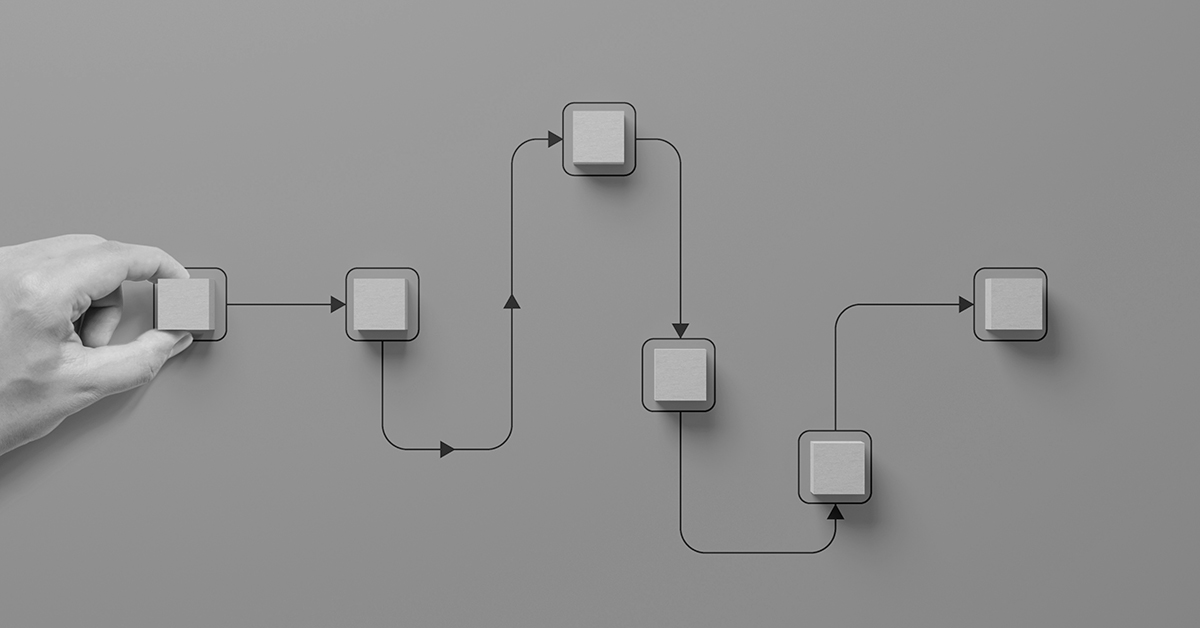- Cisco Wireless LAN Controllers under threat again after critical exploit details go public
- From Rejections to Sold-Out Session: My Journey to the Cisco Live Stage
- IBM acquires Seek AI, launches Watsonx Labs to scale enterprise AI
- IBM Cloud stumbles again: second major outage in two weeks
- I replaced my Samsung S25 Ultra with the Edge model for two weeks - here's my buying advice
Reducing Cyber Risks with Security Configuration Management

Protecting sensitive data and other assets requires an organization to be adaptable and stay informed on things like the digital landscape and threat trends. While some aspects of security are within an organization’s control, it can be extremely difficult to manage all of the risks and vulnerabilities that are likely to arise.
Security configuration management (SCM) is one way to take control of many of the facets of cybersecurity that are often overlooked or difficult to handle. Ensuring that all systems are configured properly is an essential part of security and compliance, and investing in the right SCM solution can go a long way toward protecting your organization.
SCM Business Drivers
There are a number of factors driving businesses to adopt SCM solutions as a part of a robust cybersecurity strategy. While secure configuration has always been important, recent trends in business and technology have also changed circumstances regarding the digital operations and assets of many organizations. These old truths and new trends have caused or exacerbated security challenges that can be addressed with SCM.
- Digital Globalization: The growth of a global digital sphere has enabled large and small organizations worldwide to expand their operations, and many rely on things like cloud technology to do so, necessitating advanced security solutions.
- New IT Models: Developments like the convergence of IT and OT have increased the risk of security vulnerabilities. The interconnectedness of devices, controls, and systems means that a gap in one area can endanger the whole network.
- Endpoint Intelligence Data Management: The volume of data that businesses handle and store can be overwhelming, especially with inefficient data collection. Collecting all of the right data without redundancies or excessive overhead is difficult, but data collection is vital to security.
- Attack Vectors: For as long as cyberattacks have existed, operational failures and human error have been major attack vectors. Unpatched vulnerabilities, poor security configurations, and social engineering tactics such as phishing enable attackers to infiltrate an organization and launch an attack.
Processes and Features
There are many different areas where SCM can improve security and lower risk. Implementing solutions that include these controls can cover a lot of bases and have a significant impact on an organization’s security posture and risk profile.
- Security Configuration Management: Properly configured systems are a crucial part of a company’s security strategy. The process of configuration management involves discovery, establishing configuration baselines, assessing, alerting, and reporting changes, and remediating problems. This helps to reduce risks using aspects of vulnerability assessment, automated remediation, and configuration assessment. A single SCM solution can address not only periodic endpoint security but IT management functions as well.
- File Integrity Monitoring (FIM): Ensuring the integrity of files, systems, servers, and endpoints is important for understanding and controlling any changes. The FIM process includes setting policy, baselining, monitoring, alerting, and reporting. FIM is useful in identifying both malicious and unintentional changes, detecting malware that may alter files, and maintaining compliance with regulations like PCI DSS.
- Policy Management: Defining and customizing policies should be guided by the baselines provided by the platform. Complex policies are liable to cause internal discrepancies or erroneous operations. Having policies that are clear, easy to read, and tailored to the organization’s needs and abilities is a major factor in maintaining secure systems.
Finding the Right SCM Solution
When searching for an SCM solution that meets your organization’s requirements and integrates smoothly into the enterprise, it is recommended to keep certain criteria in mind. Every organization has different needs and resources available and should look for a solution that meets their needs and matches their goals. Platform capabilities that a business should look for include a dashboard, asset discovery, policy creation, and management, alert management, and reporting tools.
The solution must also be able to integrate with the technology an organization has in place at multiple points. Operations management like device building and asset repositories, vulnerability management, endpoint protection, SIEM and log management, and backup and recovery are all areas in which many businesses already employ a variety of tools and solutions to enable efficient and secure processes. Finding a solution that provides sufficient integration in these places is vital.
Before investing in and implementing an SCM solution, organizations should request information to help them decide if the vendor and the solution are a good fit for the business. For example, it is smart to inquire about the controls offered for endpoint management, the standards and benchmarks offered out of the box, and how the vendor handles remote and disconnected devices.
Conclusion
Ensuring the security of an organization’s data, devices, and systems is an essential but difficult task. An SCM solution can help to mitigate new and evolving risks by handling a wide range of responsibilities that can be tedious or overwhelming for IT and security teams to manage by themselves. Implementing a solution for SCM is a useful tool in lowering risk, increasing visibility and security, and maintaining regulatory compliance.
To find out more about SCM and associated processes and learn how to search for the right solution, you can access Tripwire’s resources on the topic, including the SCM Buyer’s Guide.

